2008 Yamaha C3 Scooter Review
It’s easy to have an opinion on Yamaha’s C3, but take a moment to think about the C3’s purpose. Where does the C3 fit into the world of motor scooters?
The utilitarian styling and functionality of the C3 has made it an increasingly common site in cityscapes.
Well, I believe the Yamaha C3 is an experiment in efficiency. When you add up the specs you can really see how Yamaha has successfully squeezed the most out of the smallest package with this baby. First, Yamaha took a tiny 50cc, 4-stroke engine and added a tuned fuel injection system to achieve a reported 115 mpg.
Then on its tiny frame they built a huge, side-hinged storage bin with a nine-gallon capacity.
The whole package weighs less than 200 lbs and that’s with oil and a full tank of gas. Even with all that efficiency the C3 manages to hit the 40 mph mark on her speedometer.
You might expect that an efficiency experiment so successful might have some hideous shortcomings in the aesthetics department, but I tell you what; I think the C3 is a real eye catcher.
I look at a lot of scooters and I can’t think of another modern scooter that looks anything like a C3. She’s got this old-school Cushman charm about her. Boxy and slim but sturdy looking and very maneuverable, the C3 puts some much-needed fun in functionality.
Watch the Yamaha C3 Scooter in action in the Motorcycle USA Yamaha C3 Scooter video .
So, what’s up with that name, ‘C3’? Yamaha’s model number is XF50. People commonly refer to her as the C-Three, but the name is really ‘C-Cubed’, making reference to her surprisingly large under seat cubic storage capacity.
I said nine gallons, but to put that in perspective I rode mine around with a video camera, still camera, laptop and more.
In another experiment I was able to hold a dozen 12oz beverages under there, though you should note that anything cold in the storage chest won’t stay that way for long due to the close proximity to the engine.
If you need even more storage space you can add an optional rear rack. Don’t get too carried away with the C3’s carrying capacity though, as the owner’s manual states that the maximum capacity is 187 lbs.
One thing to note about the storage area is that it’s a bit shallow. You’re not going to fit a full face or even a ¾ helmet under the seat. To make up for it, the C3 has a helmet hook at the front of the seat that allows you to effectively secure your helmet using the locking seat closure.
The only problem with the storage area is that it’s relatively shallow. Definitely not enough room to store a full face or even 3/4 helmet. At least it has a helmet hook at the front of the seat to secure your helmet.
She may not be fast, but she’s still fun! The lightweight, short wheelbase and small but chunky 10” tires make her very maneuverable. You could even coax the C3 up a curb with her 4.5 inches of ground clearance. Like nearly all modern scooters, the C3 has a constantly variable automatic transmission (CVT).
Just twist and go.
The seat is pretty wide and low at just under 29 inches from the pavement. It’s relatively comfortable for short jaunts but one owner, who has put 900 miles on his, says the seat “starts to feel like an old oak church pew after 25 miles”.
Let’s talk about the whisper-quiet engine. Yamaha’s fuel-injected 49cc liquid-cooled, SOHC, 4-stroke, 3-valve engine is built and tuned to be efficient. The speedometer stops at 40 mph and it makes it there in just less than 36 seconds.

If the top speed of 40 mph doesn’t cut it for you, I hear that she can be derestricted to hit 48 mph if you don’t mind blowing your 115 mpg and potentially damaging your scooter.
Very basic gauges. Speedometer (tops out at 40), fuel, high beams, check engine and check temperature.
The instrumentation is very simple; one gauge for the speedometer and odometer, one for the fuel gauge and three lights to indicate high beams, engine maintenance and temperature warning.
Besides the optional rear rack, the C3 also has an optional windscreen to protect you from wind and debris while you race down the road at 40 mph.
The C3 features an electric starter with a backup kick start (very handy) and also has a standard, motorcycle-style handlebar to give you some custom options (did I hear ape hangers?) and a single headlight mounted just above the front fender for a very clean and simple style. Speaking of style, the C3 takes a unique approach to the traditional scooter leg shield. Instead of a fixed shield the C3 has a narrow shield that turns along with the front forks.
I’m not sure if that makes it any more functional as a leg shield, but it looks cool.
The C3 has a pretty narrow design which means more agile in tight spaces, but there is little in the way of leg protection, so watch those puddles.
The C3 is available in Red, White and Yamaha Blue for the 2008 model year, Red or Silver for 2009 and they all include a one-year manufacturer’s warranty. You’ll be able to pick up this unique feat of Japanese engineering for just $1,999 MSRP ($2099 for 2009).
If you’re looking for scooter to get you around campus, you’re not going to find a better-suited ride. The C3 has room for you and your books. She’s clean, quiet and efficient with a look that is somehow rugged and cute at the same time.
As long as you’re not racing or touring, the C3 will make an excellent road companion.
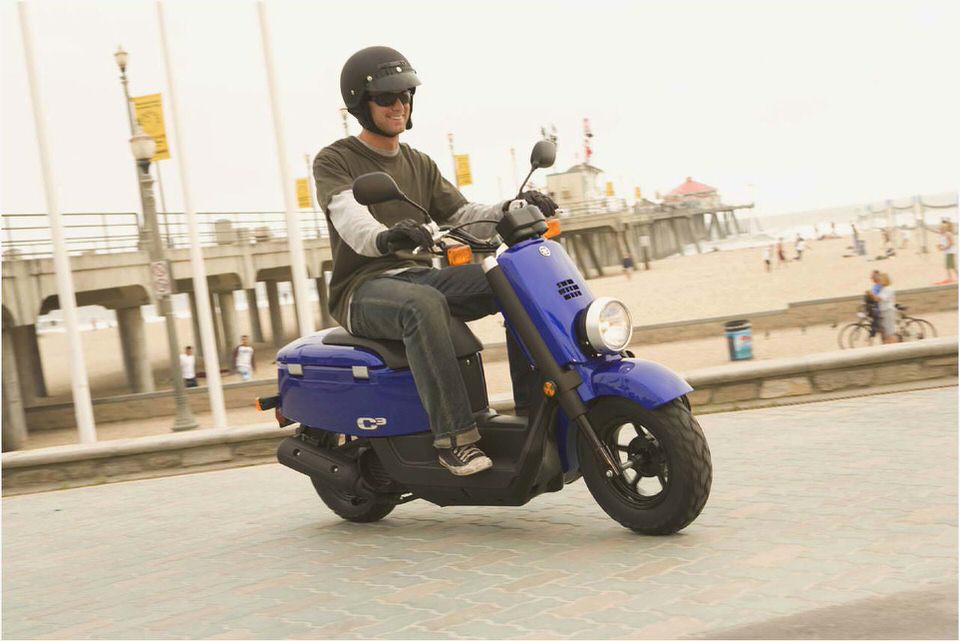
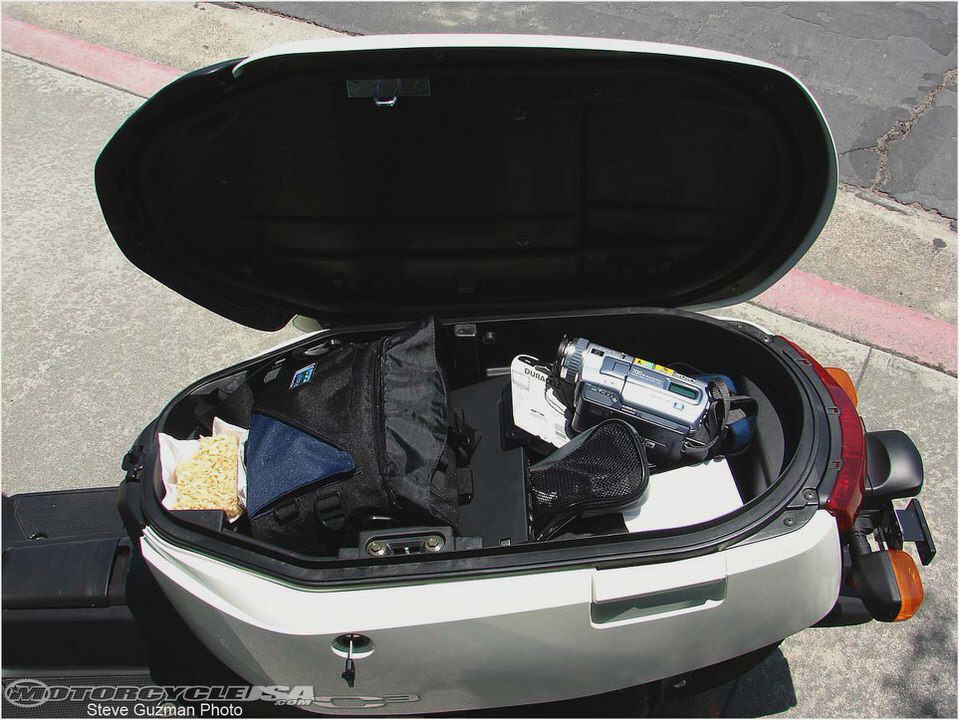
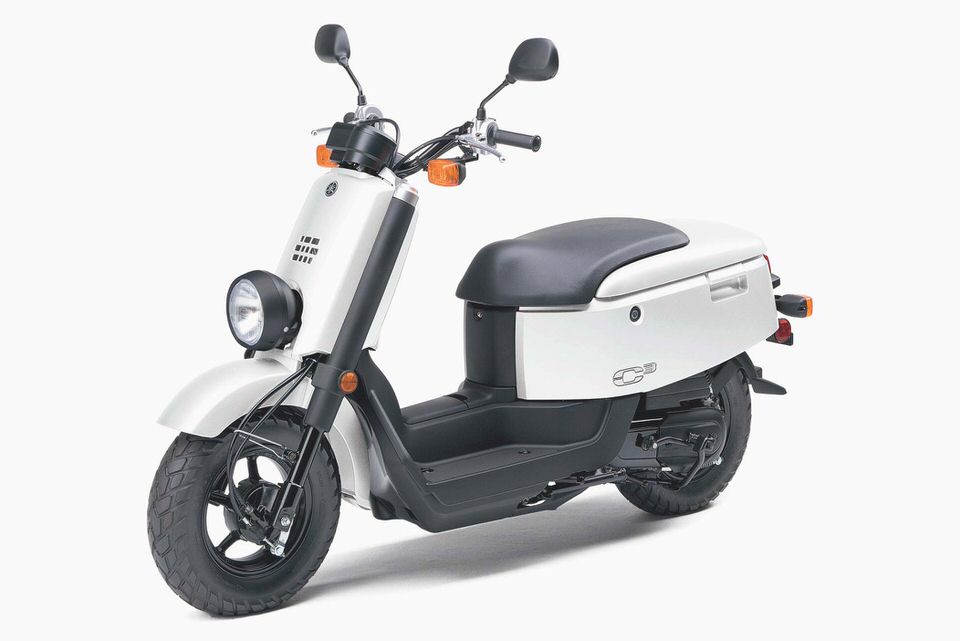

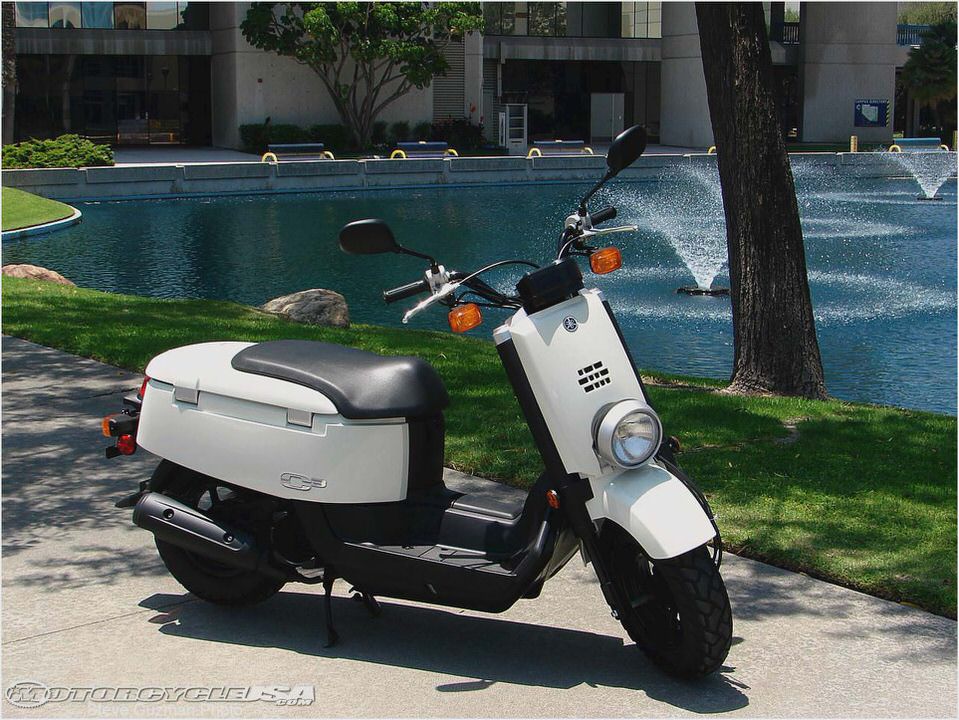
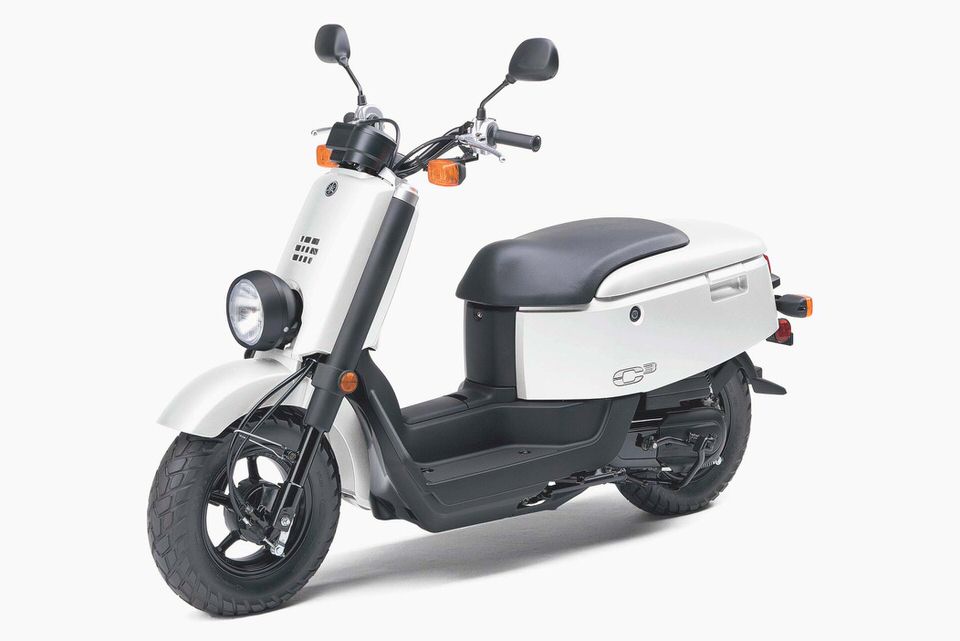
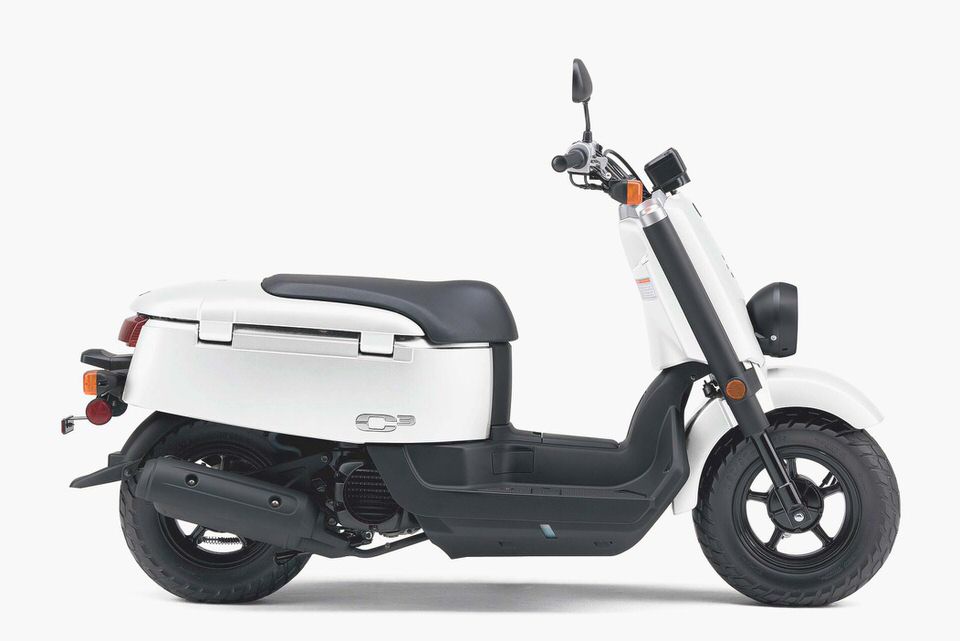
- The 2010 Yamaha Road Star S – Yahoo Voices – voices.yahoo.com
- Yamaha Neos Scooter
- Yamaha History
- Yamaha XS750 – Classic Japanese Motorcycles – Motorcycle Classics
- 2012 Yamaha YZF-R1 motorcycle review @ Top Speed
